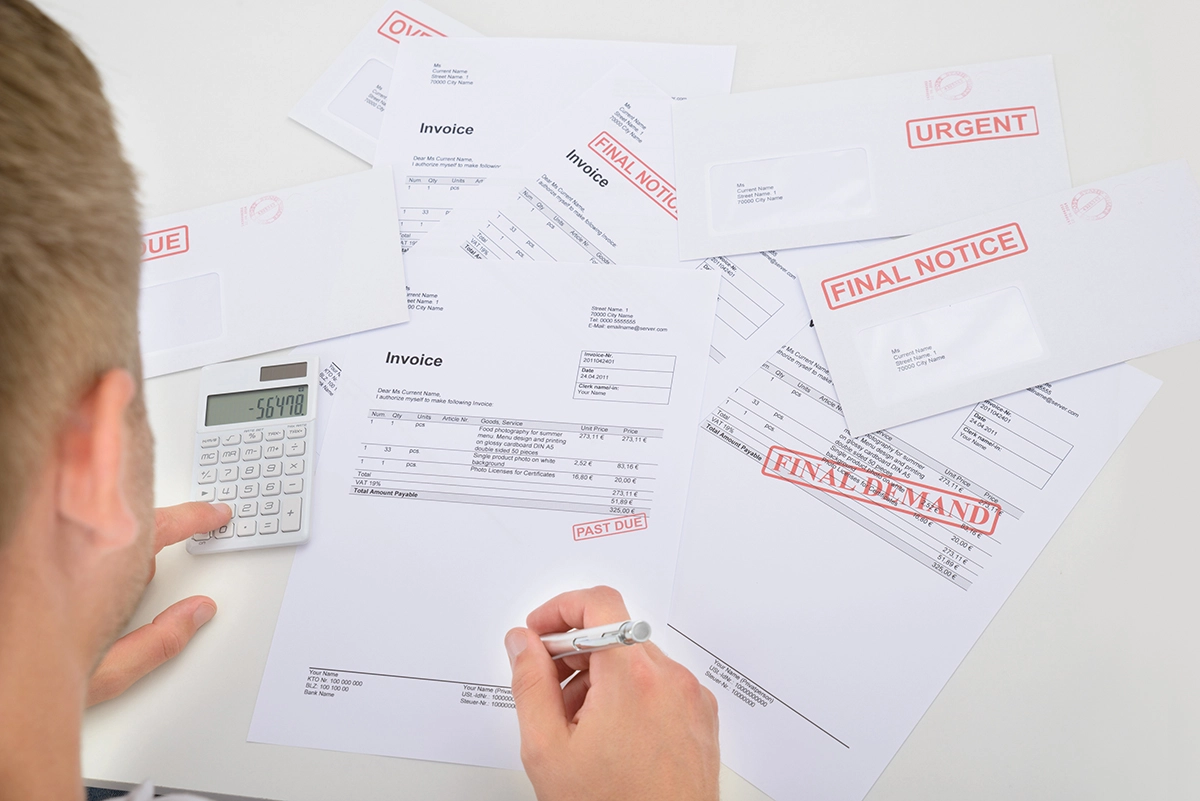Whether planning to sell your business to family, employees, or outsiders, you must show a potential buyer clean, accurate financial statements.
There are 12 common financial statement mistakes that you must avoid. I’ve written about operating your business on a cash basis rather than an accrual basis, profit and loss statement date that doesn’t match the balance sheet date, a balance sheet that doesn’t balance, and a negative gross profit. This month, I’ll write about Mistake No. 5.
Remember, to present your company well, you must have clean financial statements showing that your company is growing in profitability.
Mistake #5: Negative Cash
It is a serious problem to have negative cash in the bank. This means you've overdrawn the bank account. If this were the case, then you would incur huge bank fees and eventually, the bank would close your account.
This figure is a graphical representation of why you should not have negative cash.
Assume this is a tank of cash rather than a tank of water. The spigot at the top brings cash into the tank. This happens mainly through collections of revenue (not the bill to the customer). Occasionally, you’ll get interest from savings accounts, cash from the sale of assets, or an infusion through borrowing from a line of credit or an equity investment.
The drain at the bottom takes cash from the tank. Generally, you do this through payment of invoices, payroll, loan payments, and other normal business expenses. Occasionally, it will drain because of asset purchases, tax payments, or loan payoffs.
There is a certain level of cash at the beginning of the month.
The spigot opens, and your company receives cash from one of the sources listed above.
The level of cash in the tank rises.
At the end of the month, the spigot closes.
During the month, the drain opens to pay payroll, bills, and other expenses listed above.
The level of cash in the tank drops.
At the end of the month, both the spigot and drain are closed. There is a level of cash in the tank. It has to be at least a penny or your company is out of business. This is why you should not have negative cash on your balance sheet. You’ve got to have at least a penny in the bank.
So how does a company get negative cash? Generally, bookkeeping errors.
Many times, bookkeepers print the checks that require payment during the month and keep them until there is cash to cover those expenses. At the end of the month, there are still checks sitting on the bookkeeper's desk. The payments have been deducted from cash in your accounting software. It doesn’t care whether there is negative cash or whether you’ve sent checks to suppliers.
For QuickBooks® users, bookkeepers may sometimes make deposits directly, bypassing the 'undeposited funds' general ledger category.
This pays bills. There is a huge positive balance in undeposited funds and a negative cash balance.
The “cash tank” shows you why you should not have negative cash on your balance sheet. If cash is negative, a potential investor will know that your financial statements are incorrect and be less likely to invest in your company.
Ruth King has more than 25 years of experience in the HVACR industry and has worked with contractors, distributors and manufacturers to help grow their companies and become more profitable. Contact Ruth at ruthking@hvacchannel.tv or at (770) 729-0258.





